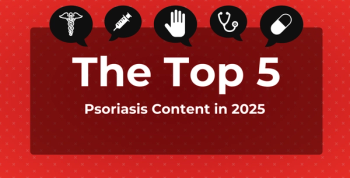
Hospitals May Be Unfairly Penalized for Unpreventable Venous Thromboembolism
A study attempting to characterize the true preventability of venous thromboembolism determined that financial penalties based on the total number of patients who suffer blood clots in the lung or leg may be unfairly imposed.
Researchers with Johns Hopkins University School of Medicine reviewed 128 medical case histories and came to the conclusion that the current pay-for-performance system is a problem. Elliott R. Haut, MD, PhD, an associate professor of surgery at the Johns Hopkins University School of Medicine, explained that even when hospitals do everything they can to prevent VTE, they can still be penalized for patients who develop blood clots.
Nearly half of VTE events identified by the Maryland state program were not truly preventable, he said.
“We know we’re not going to get the VTE rate to zero, but my goal is to have every single one of these events—when they happen—occur when the patient receives best-practice, defect-free care,” Dr Haut
If the findings hold true across the state of Maryland and the rest of the country, hospitals may be penalized millions of dollars through inappropriate fines.
In a research letter published in JAMA Surgery, Dr Haut and his colleagues noted that even with the use of blood thinners and other best practices, some patients will still develop clots. Meanwhile, government regulatory agencies and health insurers are increasingly tracking the number of patients who develop blood clots and imposing financial penalties.
The researchers argue that instead of looking solely at total numbers of patients who develop clots, a better measure would be to track whether patients at risk for clots were appropriately prescribed and given clot-preventing medications.
“To reduce preventable harm, policymakers need to re-evaluate how they penalize hospitals and improve the measures they use to assess VTE prevention performance,” Dr Haut said. “In addition, clinicians need to ensure that patients receive all prescribed preventive therapies.”
Newsletter
Stay ahead of policy, cost, and value—subscribe to AJMC for expert insights at the intersection of clinical care and health economics.








































